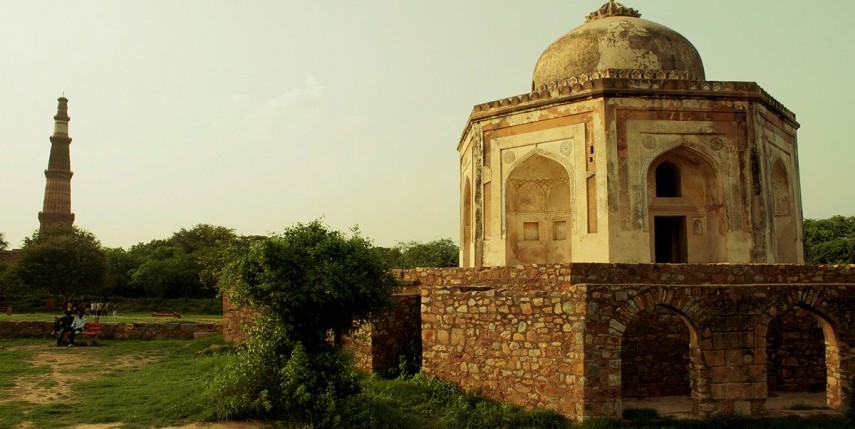How Delhi Urban Art Commission Shapes The National Capital

Among the many agencies that would scrutinise your proposal to carry out any development or redevelopment construction activity in the national capital is the Delhi Urban Art Commission (DUAC). After all, what you build is going to change, even if in a small way, the skyline of a city of that has a grand history and is India's current power centre. Going without saying, what you plan to build must follow the laws of aesthetics and should be in all likelihood a piece of art. If it is otherwise, be sure your plan would not get a go ahead from the DUAC.
Set up in 1974, the body was put in place to "advise the government in the matter of preserving, developing and maintaining the aesthetic quality of urban and environmental design within Delhi, and to provide advice and guidance to local bodies in respect of any project of building operations or engineering operations or any development proposal which affects or is likely to affect the skyline or the aesthetic quality of the surroundings or any public amenity provided therein".
Apart from being a regulatory body, the DUAC also acts as the government's policy advisor and a think tank. With an aim to keep the national capital clean, the body developed High-Tech Public Toilets in 2012; this shows the scale of the planning and development the commission takes up.
A look at what are the projects for which one would need a go-ahead from the DUAC:
- According to its official website, the commission scrutinises projects related to the development of administrative buildings and residential complexes, public building/complexes on more than two hectares in area, district centres and community centres. Projects on re-development under the New Delhi Municipal Committee also has to go a DUAC scrutiny. These areas include the Connaught Place Complex and its environs, the Central Vista, the entire bungalow area of Lutyen's Delhi, the historic areas, including Shahjahanabad, Civil Lines and Mehrauli.
- Any redevelopment activity in places of historical importance must have the DUAC approval. These include the Jama Masjid, the Red Fort, the Qutub, the Humayun's Tomb, the Old Fort, and Tughlakabad, etc.
- The body also plays a key role in selecting models, statues, fountains, street furniture and hoardings that adorn the city
- Infrastructural proposals and transport corridors, too, have to follow the Art Master Plan of the agency. This is why flyovers, bridges, roads, Metro and railways stations, airports, towers, etc, are built only after a due consultation with the agency.
